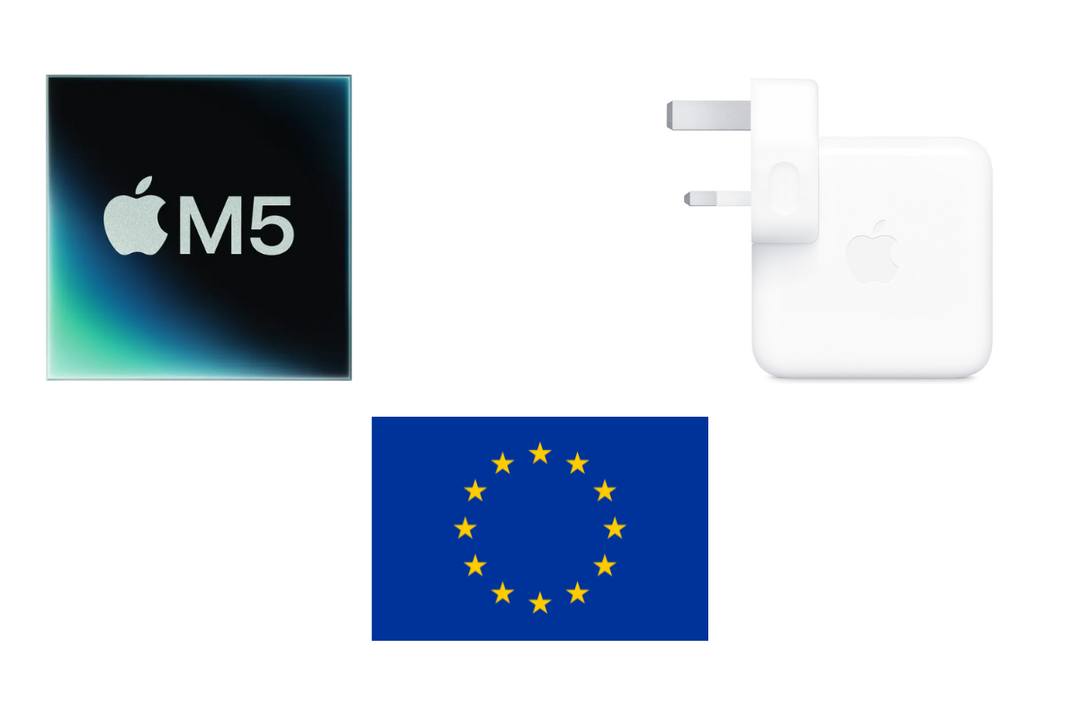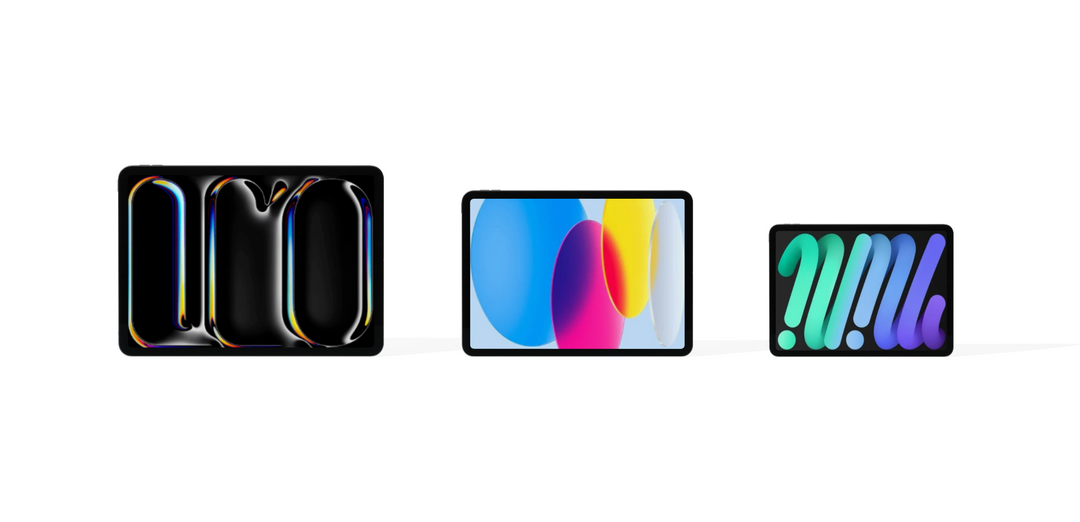If you’re handing off your iPad to someone else or trying to fix issues like lag or crashing apps, doing a full factory reset can help. It wipes everything and gives you a clean slate, often solving the problem in the process.
If you’re restoring data from an older device, keep in mind that old settings or files can sometimes cause problems on a newer iPad. It’s usually a good idea to set it up as new first, make sure everything’s working smoothly, and then restore from your backup.
⚠️ Important: This procedure will completely erase all data from your device. Please ensure you’ve backed up your iPad before proceeding.
Erase All Content and Settings
- Navigate to Settings > General > Transfer or Reset iPad.
- Select Erase All Content and Settings.
- You might be prompted to enter your device passcode or Apple ID password. So make sure to enter this if you're asked.
- Follow the on-screen instructions to complete the reset.
- Your iPad will restart and display the setup screen.

Erase Using a Mac or Windows Computer
Before You Begin:
- Turn off Find My iPad by going to Settings > [Your Name] > Find My > Find My iPad.
- Enter your Apple ID password to disable the feature.
- Sign out of your Apple ID.
- Connect your iPad to your computer using a Lightning or USB-C cable.
Instructions Based on Your Operating System:
On macOS Catalina (10.15) or later:
- Open a Finder window from the Dock.
On macOS Mojave (10.14) or earlier, or Windows without the Apple Devices app:
- Launch iTunes.
On Windows with the Apple Devices app installed:
- Open the Apple Devices application.
Then:
- Select your iPad once it appears in Finder, iTunes, or Apple Devices.
- In Finder, click the General tab.
- Click Restore iPad.
- Confirm when prompted.
- This will erase all content and install the latest version of iPadOS.


